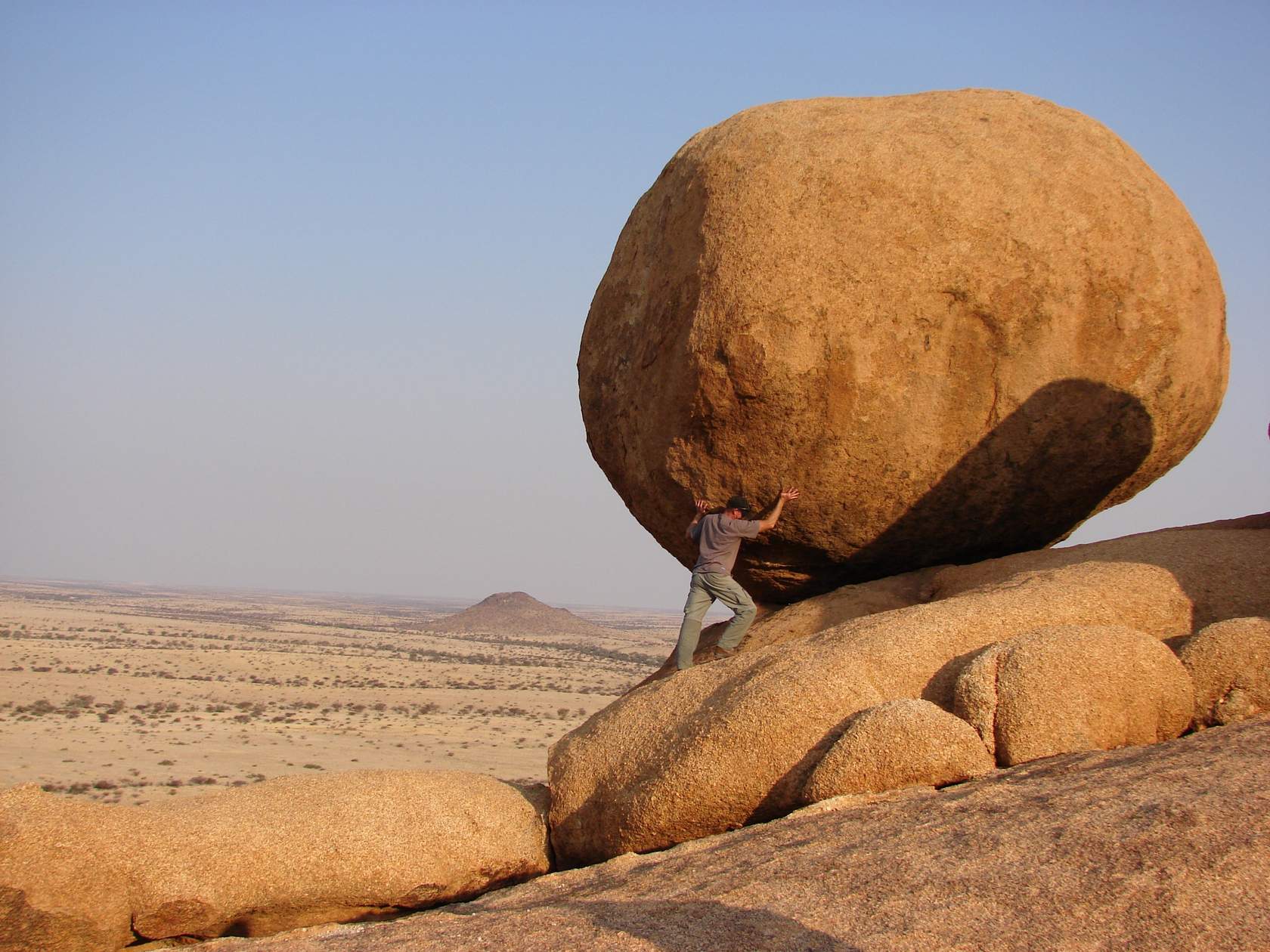83 Manage your Energy, not your Time
“The core problem with working longer hours is that time is a finite resource. Energy is a different story”
Tony Schwartz
As we have explored in previous topics, understanding people and their motivation for change involves a lot of skill and practice. One of the most important elements in setting up an environment conducive to change is being conscious of the energy levels of the group you are working with.
Tony Schwarz has published several books and articles that focus on the management of energy NOT time1. As he says, ‘time is finite’; and the reality of renewing our personal energy is just as important as expending it. This discipline gives significant focus on rest and well-being, not just survival. Schwartz points to the ever-increasing expectations placed on most individuals and teams and the role of the leader as ‘chief energy officer’ in a workgroup or team.
The ‘energy project’ is a great site that explores the four dimensions of energy outlined by Schwartz….
- Physical energy
- Emotional energy
- Mental energy
- Spiritual energy
Schwartz’ key point is that energy of individuals and teams CAN BE RENEWED if we pay close attention to it. A real challenge exists where the leader is not feeling energized – moods are contagious!!
Explore the four sources of energy in the diagram below:

Take the ideas from those articles and consider some ideas for your own well being and resilience.
A note on resilience during times of change…
Put simply, resilience is the process of adapting or ‘bouncing back’ in the face of challenging situations or adversity. These situations may involve physical trauma, personal challenges, emotional threats, or any other source of significant stress either personally or professionally. During times of change we see the same need for resilience as people adapt to new ways of thinking, working or being.
We know that as humans our ability to be resilient is very strong and that it is a ‘normal’ coping mechanism that has evolved with us. As such, we are able to learn and further develop our skills to be resilient and to respond to difficult situations. Of course, this does not mean that we won’t experience sadness or distress when ‘bad’ things happen to us; but more that we will have the tools to work through the impact of significant stress or change in our lives in a way that works for us. Where we can get ‘stuck’ is if we are continually put under increasing stress without mechanisms to resolve or work through the underlying causes. This is the same for individuals and for teams.

There are a number of models that suggest some common factors that influence the capacity to build resilience and suggest the strong links between optimistic thinking and building resilience. Some of the interesting work in the space of resilience in military personnel has been led by Dr Michael Kaminsky from John Hopkins Hospital2. His work has centred around helping organisations and groups – including military groups – to build resistance, resilience and recovery strategies when facing change or stressful events.
These factors include an individual or team’s ability to:
- realistically prepare for stressful events
- foster strong group cohesion and social support.
- foster positive thoughts (including memories of positive things)
- build self-efficacy and self-confidence. – or a sense I can face the challenges ahead.
References
- Schwartz, T. and McCarthy, C. (2007), Manage your energy not your time, Harvard Business Review, October
- Kaminsky, M., McCabe, O. L., Langlieb, A. M., & Everly Jr, G. S. (2007). An evidence-informed model of human resistance, resilience, and recovery: The Johns Hopkins’ outcome-driven paradigm for disaster mental health services. Brief Treatment and Crisis Intervention, 7(1), 1.




